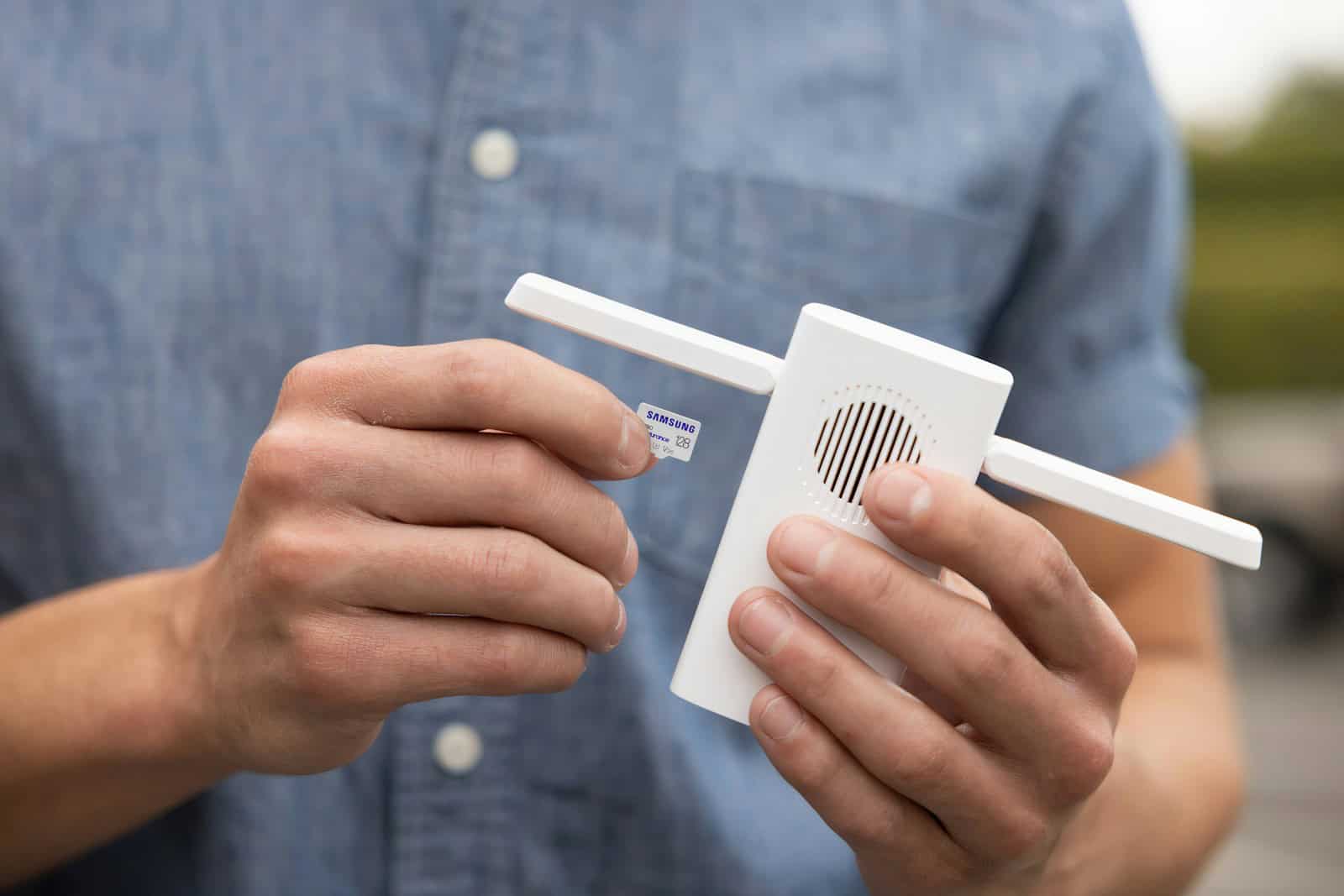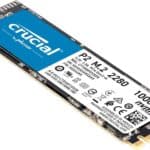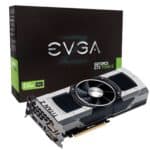Wi-Fi range extenders are devices designed to improve the wireless signal coverage in your home. They operate by receiving the existing Wi-Fi signal from your router and rebroadcasting it further into areas where the signal is weak or nonexistent, effectively filling in the spots known as “dead zones.” Due to walls, floors, and other physical obstructions in a house, these devices can serve as a simple solution for extending the reach of your internet without the need for complex wiring.
Choosing the right Wi-Fi extender requires understanding the layout of your home and the extent of your current network coverage. Performance can vary based on the extender’s specifications and the environment it’s placed in. For example, factors such as the compatibility with your router, the frequency band it uses, and its maximum throughput should align with your internet usage needs. Strategically installing the Wi-Fi extender in an area where your router’s signal begins to weaken ensures optimal performance, allowing devices further away to connect with better reliability.
Installation is typically straightforward, and many extenders come with a guide or app to help you find the best location for maximum effectiveness. Upon setup, users should experience an enhanced online experience with improved internet access throughout their home. However, it is worth noting that while extenders can enhance coverage, they may not increase internet speed and could even experience half the bandwidth, as they must receive and then transmit the signal on the same radio channel.
Boosting Your WiFi Signal: What to Expect
WiFi range extenders, also known as WiFi boosters or repeaters, can help solve those frustrating dead zones in your home or office. They work by grabbing your existing WiFi signal and rebroadcasting it, extending the reach of your network. But do they actually work? And if so, how well?
How Do WiFi Range Extenders Work?
WiFi range extenders can be thought of as relay stations for your WiFi signal. They pick up the signal from your router and retransmit it, like a middleman passing a message along. This can help extend your WiFi coverage to areas that were previously out of reach.
There are two main types of WiFi range extenders:
- Single-band extenders: These operate on the 2.4 GHz frequency band, which is the same band used by many other household devices like microwaves and cordless phones. This can lead to interference and slower speeds.
- Dual-band extenders: These operate on both the 2.4 GHz and 5 GHz frequency bands. The 5 GHz band is less crowded and offers faster speeds, making it a better choice for streaming and gaming.
Factors Affecting WiFi Range Extender Performance
Several factors can affect the performance of a WiFi range extender:
- Distance from the router: The further the extender is from the router, the weaker the signal it receives, and the weaker the signal it rebroadcasts.
- Obstacles: Walls, floors, and other obstacles can weaken the WiFi signal. The more obstacles between the router, extender, and your devices, the slower the speeds.
- Type of extender: Dual-band extenders generally offer better performance than single-band extenders due to the less crowded 5 GHz band.
- Number of devices: The more devices connected to the extender, the slower the speeds.
Real-World Performance
In real-world scenarios, WiFi range extenders can improve your WiFi coverage, but they are not a magic solution. You can expect to see some speed loss when using an extender, typically around 50% of the original speed. However, this is still a significant improvement over having no signal at all.
Alternatives to WiFi Range Extenders
If you’re looking for the best possible WiFi performance, there are alternatives to WiFi range extenders:
- Mesh WiFi systems: These systems use multiple units to create a seamless WiFi network throughout your home. They offer better performance and coverage than range extenders, but they are also more expensive.
- Powerline adapters: These adapters use your home’s electrical wiring to create a wired network connection. They can be a good option if you have thick walls or other obstacles that block WiFi signals.
Choosing the Right WiFi Range Extender
If you decide that a WiFi range extender is the right solution for you, here are a few things to consider:
- Dual-band vs. single-band: Choose a dual-band extender for better performance.
- Speeds: Look for an extender that supports the same speeds as your router.
- Features: Some extenders offer additional features like Ethernet ports and app control.
- Price: WiFi range extenders range in price from around $30 to $100 or more.
Table: WiFi Range Extender Pros and Cons
| Pros | Cons |
|---|---|
| Extends WiFi coverage to dead zones | Can reduce WiFi speeds |
| Easy to set up | May not be compatible with all routers |
| More affordable than mesh WiFi systems | Can be affected by obstacles |
| Can be a good option for smaller homes or offices | May not be the best solution for large homes |
Key Takeaways
- Wi-Fi extenders can increase coverage but not internet speed.
- Placement of an extender impacts its effectiveness.
- Installation is user-friendly and aids in reducing dead zones.
Understanding Wi-Fi Range Extenders
Wi-Fi range extenders can significantly increase coverage and improve signal strength in areas of your home where your wireless network struggles to reach.
How Wi-Fi Range Extenders Work
Wi-Fi extenders capture the wireless signal from your existing router and rebroadcast it to larger areas. They act as a bridge, receiving the router’s signal, amplifying it, and transmitting the boosted signal.
Benefits of Using Wi-Fi Extenders
Using a Wi-Fi extender can enhance internet speed and reduce dead zones. It increases the coverage area of your network, allowing devices further from the router to maintain a strong connection.
Choosing the Right Wi-Fi Range Extender
Select a Wi-Fi range extender that matches the specs of your current router. Consider the frequency bands it supports, whether 2.4GHz, 5GHz, or both. Compatibility with your router’s manufacturer and model is crucial.
Installation and Placement Tips
The ideal location for a Wi-Fi extender is halfway between the router and the coverage gap. This central location helps ensure an optimal broadcast of an amplified signal. Proper placement helps maintain signal strength and network stability.
Limitations and Considerations
Wi-Fi extenders can cause network complexities such as different SSIDs for networks, which may require manual switching. Potential interference and reduced throughput should also be acknowledged. Extenders are less effective than wired solutions in maintaining high speeds across large distances.







